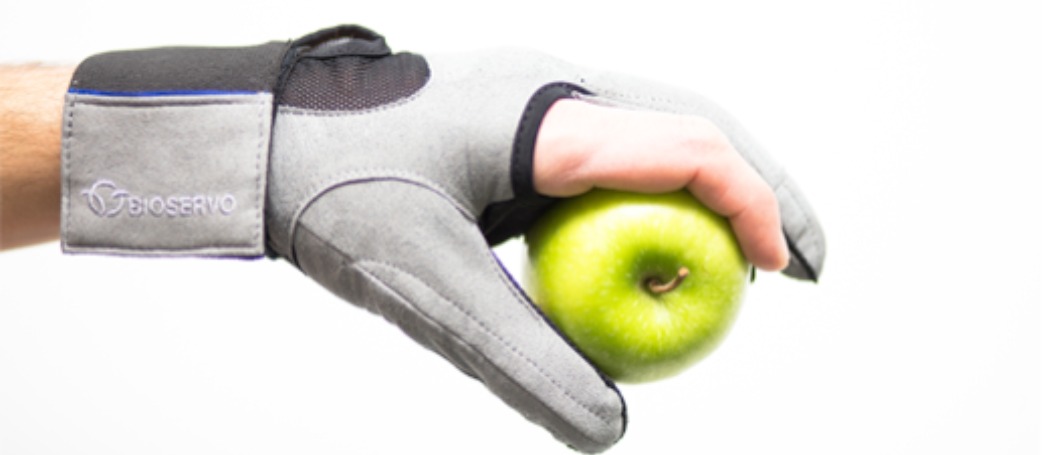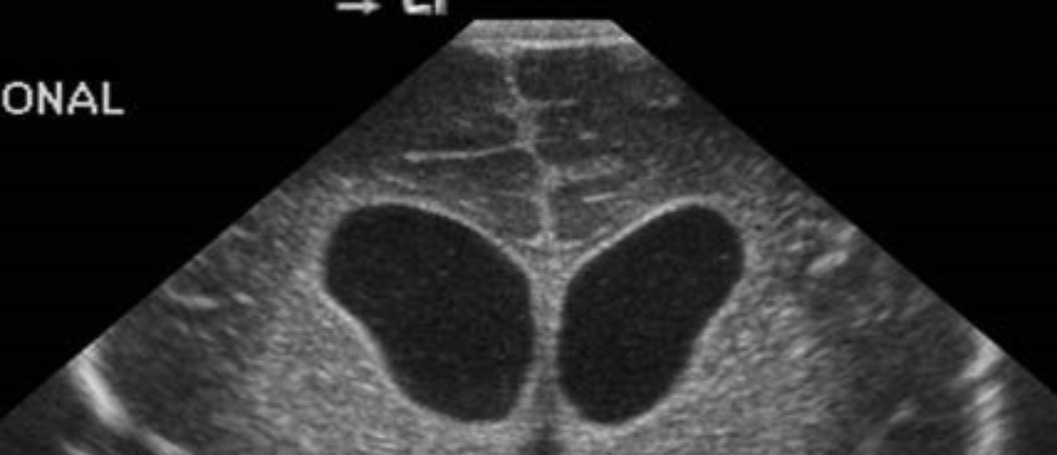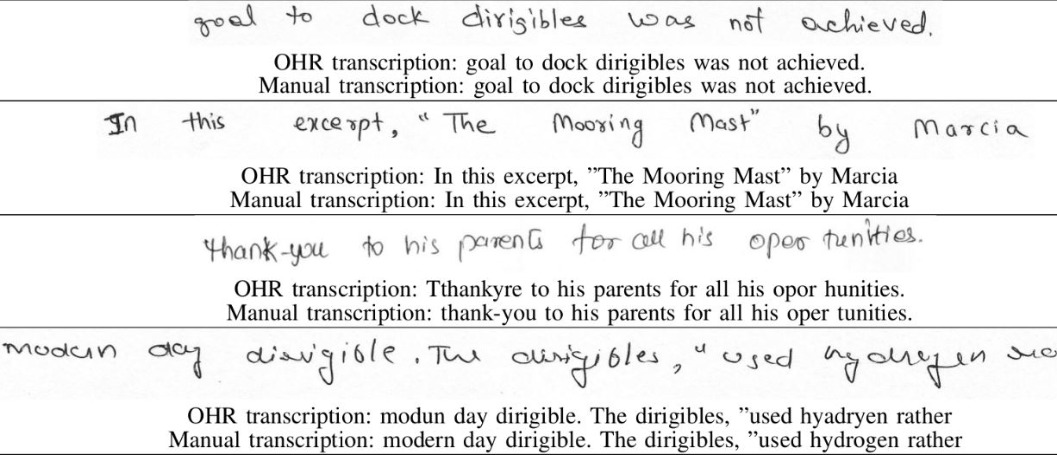Wearable devices to aid in Physical Rehabilitation under the supervision of Physiotherapists
Developing a data acquisition system that would record the physical movements of the patient and record parameters such as angular/linear displacements and their corresponding velocities and accelerations towards rehabilitations. Also design and develop low-cost devices specific to limbs and joints




Based on discussions with a reputed sports medicine expert and others in this space there was a revelation that rehabilitation of typical problems, such as back aches, is performed without measuring any parameter related to the movement of the afflicted limbs/joints. Rehabilitation is performed by continuous visual inspection of the patient performing the remedial exercises by the expert accompanied by copious written notes. As a part of this project we are working on developing a data acquisition system that would record the physical movements of the patient and record parameters such as angular/linear displacements and their corresponding velocities and accelerations.
The second goal is to use this data and develop a wearable device equipped with actuators and sensors that can be programmed by the physiotherapist that would allow the patient to only make certain movements at desired rates. The idea is to design and develop low-cost devices specific to limbs/joints instead of a larger robot-based solution that aims to be a "one-size-fits-all" approach.
Research will also involve exploring different approaches on measuring data, such as mechanical sensors and video-based devices such as Kinect. This data can then be presented using several visualisation techniques that can be used by the physiotherapist to gauge the patient's progress. Machine learning tools can also be used to aid the physiotherapist in making decisions on how much the patient has deviated from or converged to the "normal" as well as provide other insights such as correlations with demographics etc. This system can also enable the physiotherapist to monitor several patients at once.
Principle Investigators
Team Members